Quang Nam waters have been a gateway for international exchanges for hundreds of years. Many commercial and diplomatic boats were caught in storms and drifted or had to take refuge in Quang Nam waters. All the boats in Quang Nam waters were rescued by local people and the government.
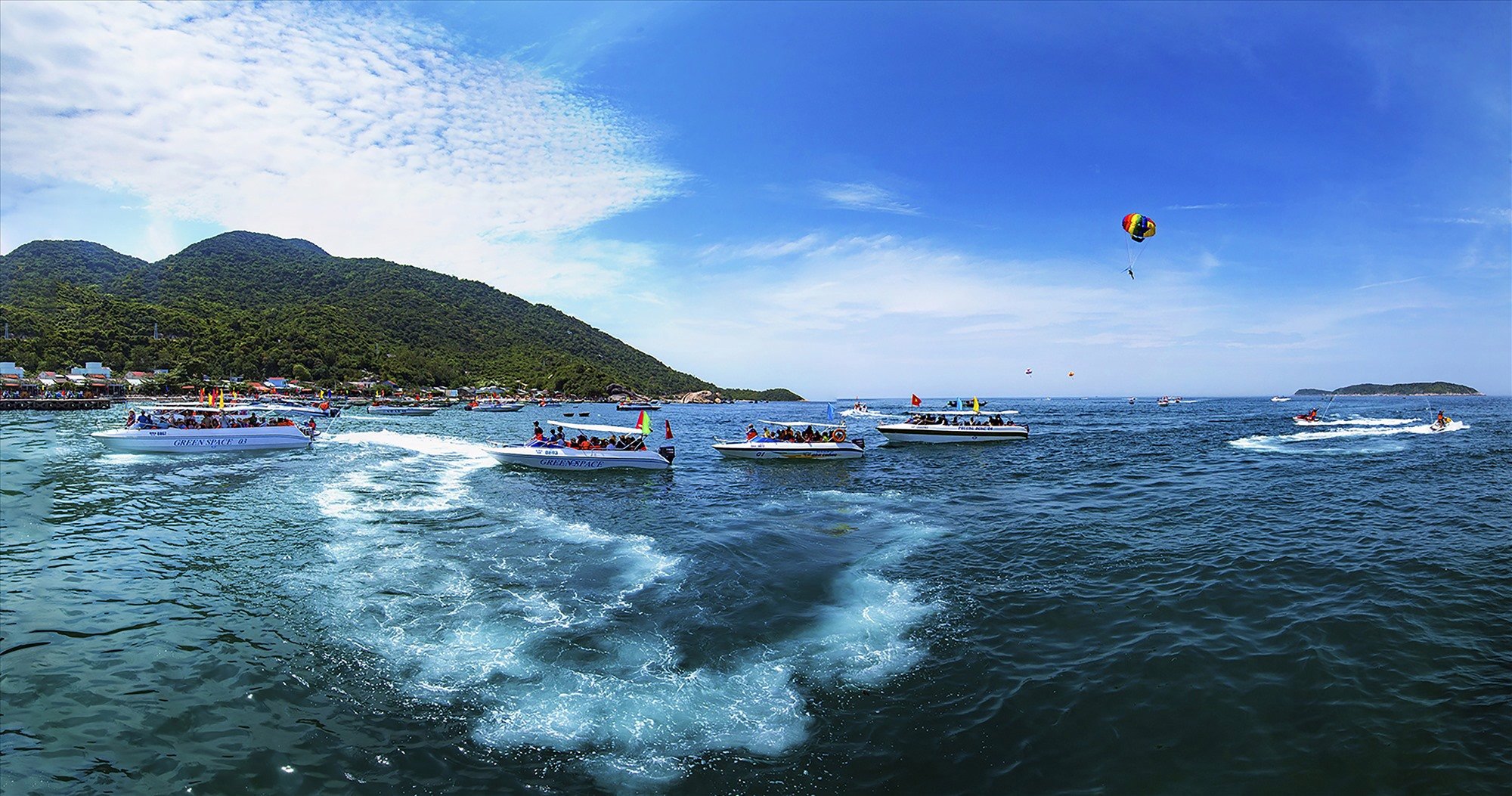
Historical fragments
Foreign refugee boats drifting or taking refuge in Quang Nam waters were almost all carefully recorded in official historical documents such as Dai Nam Thuc Luc, Hoi Dien Su Le, Minh Menh Chinh Yeu... In addition, these events also seem to be recorded in documents of related countries, a source of reference for official history of Vietnam.
Before the Nguyen Dynasty, international ships in distress in Quang Nam were often only recorded in foreign documents. The Korean Book of Permanent Residence recorded a boat crew of 24 people from Te Chau Island who had an accident and drifted at sea for 32 days before drifting to Cu Lao Cham Island in 1687. In the 18th century, there were also 3 cases of Japanese people drifting to Quang Nam at sea, according to Japanese travel documents.
Foreign refugee boats drifting into the Quang Nam sea area were commonly recorded as Chinese ships. In November of the third year of Gia Long (1804), “Qing Dynasty officials Lam Quy and Lam Bao boarded a merchant ship to Penghu (present-day Taiwan - NV), and encountered a strong wind and had to dock at Dai Chiem port.”
In the second year of Minh Mang (1821), 34 people from Fujian province (China) went to do business in Chenla, encountered a storm, and their boat drifted to the Da Nang estuary. The Qing Dynasty official Vuong Khoi Nguyen, on his way to grade exams in Taiwan, encountered a storm, and his boat drifted to the Da Nang estuary, in the third year of Minh Mang (1822).
A Guangdong province military ship on patrol encountered a storm and drifted into Tra Son lagoon in the 14th year of Minh Mang (1833). In the 7th year of Tu Duc (1854), a Chinese merchant ship from Fujian province was swept into Dai Ap estuary by a storm. Two years later, two more Chinese merchant ships were forced to take shelter from a storm, one at Dai Chiem estuary and the other at Da Nang estuary, and asked to anchor for a month. In the 11th year of Tu Duc (1858), a Fujian Qing ship was swept into Quang Nam waters.
Siamese merchant ships encountered a storm and drifted into the Da Nang estuary in the 8th year of Gia Long (1809) and into the Dai Chiem estuary in the 9th year of Gia Long (1810). There were up to 400 boat people on the Dai Chiem estuary. There was a special case of a diplomatic ship encountering “double disaster”. In the 16th year of Gia Long (1817), a Siamese diplomatic ship bound for China encountered a storm and had to anchor at the Da Nang estuary, but unfortunately caught fire and lost everything.
Western ship disasters also occurred many times in Quang Nam waters. In the 11th year of Minh Mang (1830), the French merchant ship Do O Chi Li was damaged by a storm and sank in the waters of Da Nang. British ships were washed ashore in Da Nang by storms, once in the 5th year of Thieu Tri (1845), and once in the 18th year of Tu Duc (1865). In the 12th year of Tu Duc (1859), a Western ship was washed ashore in Dai Ap estuary. There were 12 people on board, including both men and women, specifically 1 British, 1 Dutch, and 10 people of Javanese origin.
In addition, Quang Nam waters were also a place where Western rescue ships took refuge or went to search for victims. In the 7th year of Gia Long (1808), "the captain of Hong Mao (ie England - NV) To Lo Xuy La Mon boarded a ship carrying more than five hundred Qing merchants who were in trouble with a storm, and anchored at Da Nang port". In the 1st year of Tu Duc (1848), British and French military ships entered Da Nang port to search for victims.
Court behavior
King Gia Long once issued an edict that: “Natural disasters have existed since ancient times in every generation. Pity those who suffer disasters, pity those who are in trouble, and take this as the top priority in humane policies.” Accordingly, the Nguyen Dynasty kings, local officials, and local people of Quang Nam always had a sense of responsibility towards foreigners who “suffer disasters” and “get into trouble.”
The court promptly provided food, drink, and clothing to those in distress; arranged temporary shelter. King Gia Long ordered the Quang Nam provincial officials to provide a group of Qing officials, Lam Quy and Lam Bao, with 2 quan of money per day; and 400 Siamese boat people with 10 days of food each, waiting for the sea to calm down so they could return. King Minh Mang provided 34 Fujian people who were working in Cambodia and were in distress with 5 quan of money each.
In addition, the court also distributed large quantities of rice to captains or fleets. The captain of the Siamese merchant ship, Ngo Nganh/Nganh, was given 200 square meters of rice. The Siamese ship that was on a mission to China and caught fire was also given 200 square meters of rice.
The Guangdong naval patrol ships were given 300 square meters of rice. The court also rewarded the British captain To Lo Xuy La Mon, who saved 500 Qing people from the sea, with 300 square meters of rice and lent the captain of the Siamese merchant ship 1,000 quan of money and 1,000 square meters of rice.
The court issued passports, travel expenses, and organized the return of the refugees. Most of the Qing people were sent back to China by land through the Nam Quan Pass, except for the official Vuong Khoi Nguyen who was allowed to return by water at his request.
For British, Dutch, Javanese nationals, and people on French merchant ships, the court sent them on Qing merchant ships, arranged for them to go on our country's official ships, or found ways to send them on other ships to return home.
The Quang Nam provincial official requested that the two Chinese merchant ships that had encountered a sea disaster be allowed to reduce by half the tax they had to pay when selling goods on board to use the money for their own expenses. King Tu Duc not only followed the Quang Nam provincial official's request to reduce by half the tax but also exempted the tax entirely.
King Minh Mang provided more provisions for the military ships than for the merchant ships, because he believed that the military ships were on public business. In addition, the king also sent Lang Trung of the Ministry of Finance Le Truong Danh from the capital Hue to Da Nang to visit the Guangdong military ships that had encountered trouble; he sent Lang Trung of the Ministry of Finance Le Van Khiem, Deputy Captain of the Vanguard Guard Le Van Phu and Deputy Minister of the Ministry of Personnel Nguyen Tri Phuong to Quang Nam to organize the return of this group of military officers to the country.
When among these military officers, Luong Quoc Dong died of illness during his stay in Da Nang, the king granted 1 brocade tree, 3 pieces of silk, 10 pieces of cloth and 50 taels of silver to those who accompanied him to help bring them back to his family. A loyal man is a loyal man, regardless of country.
Source



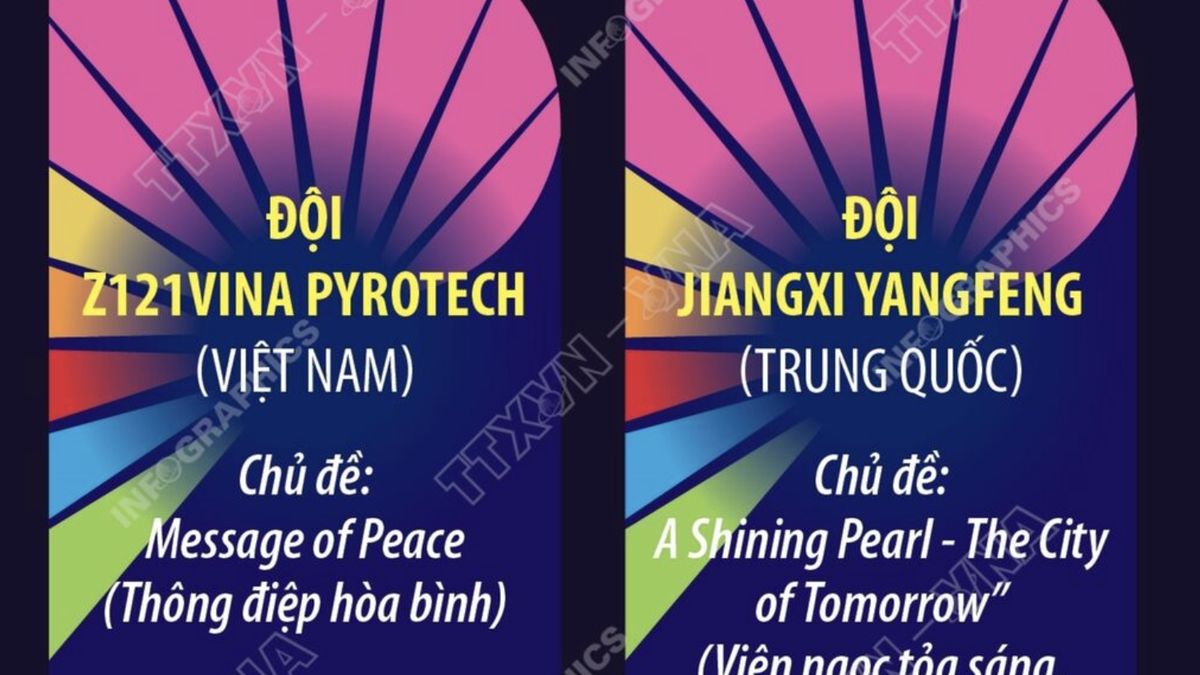
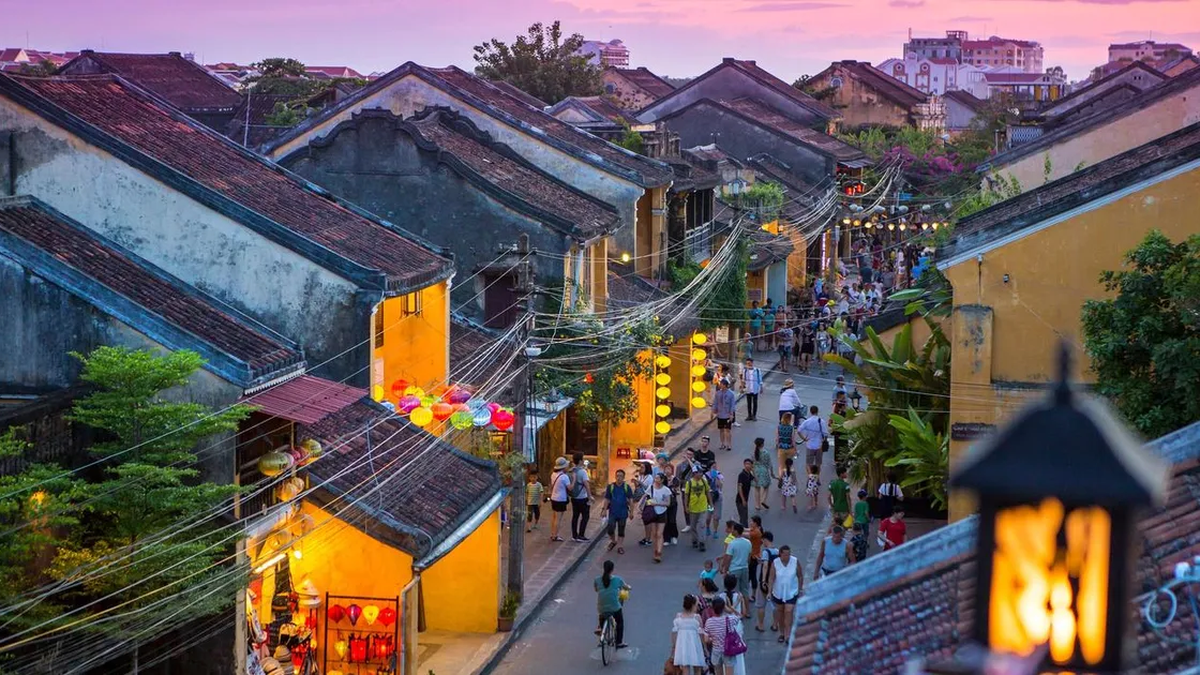
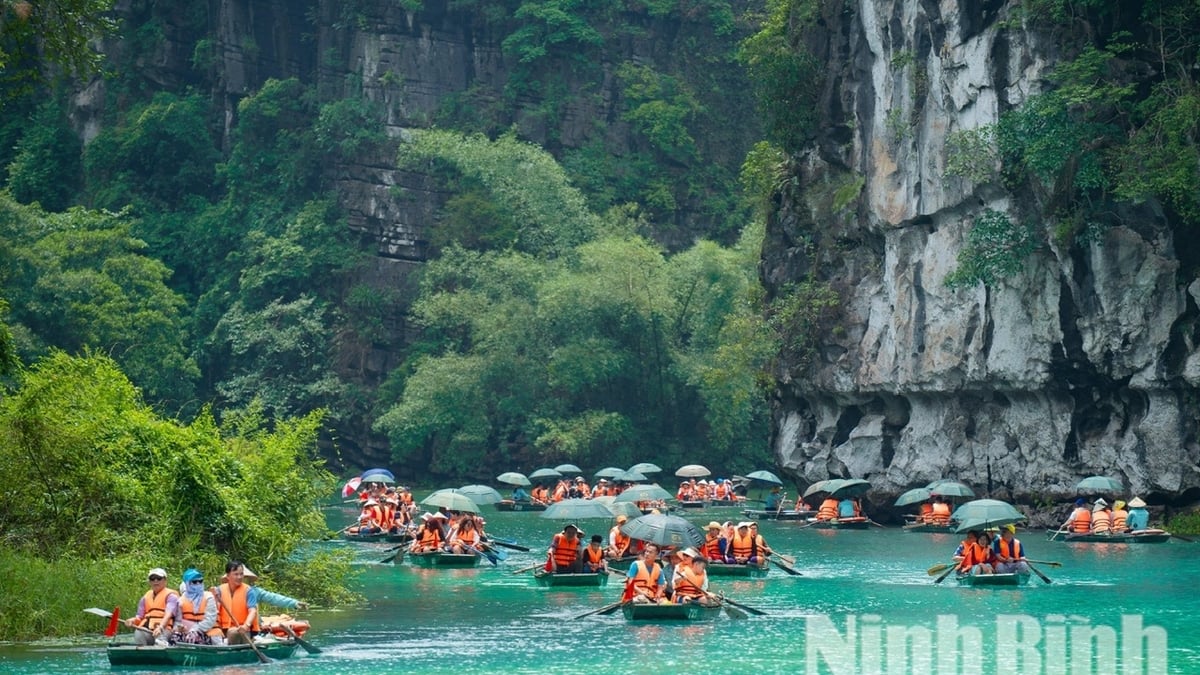


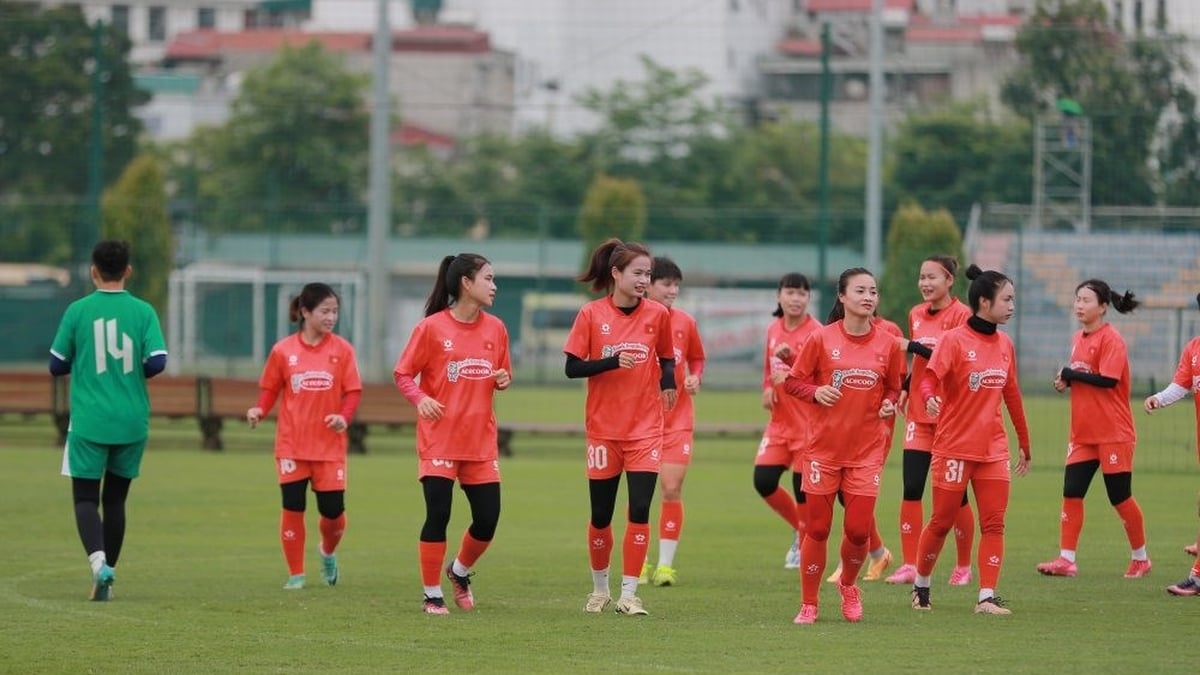

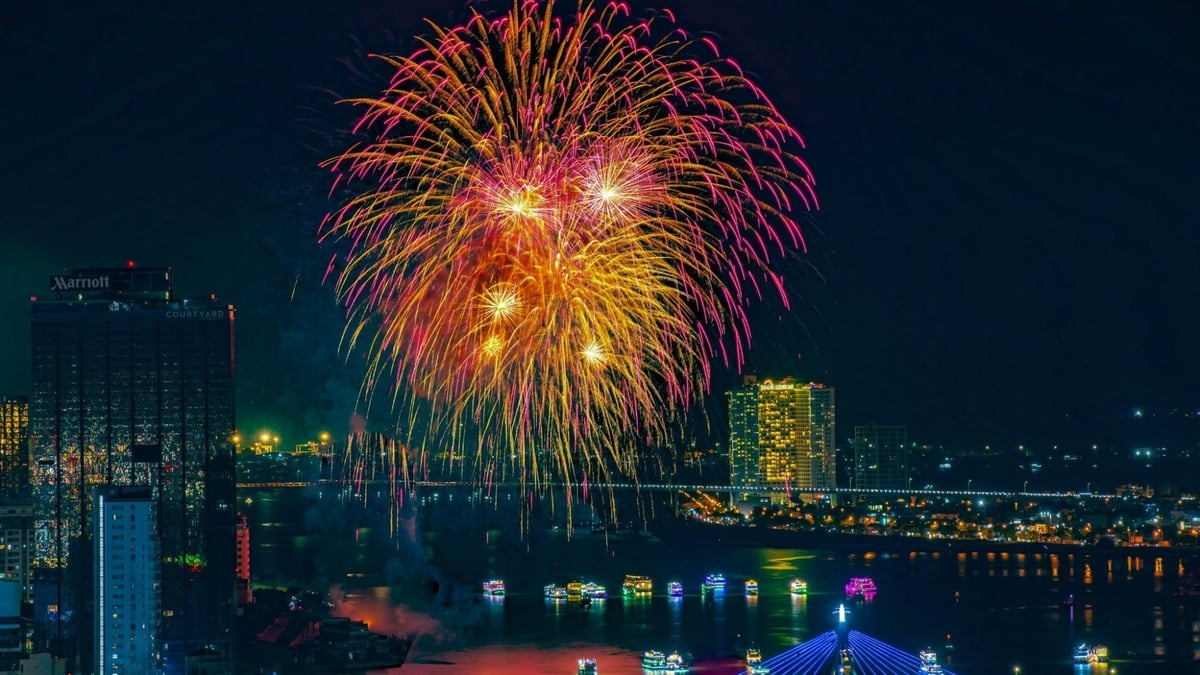
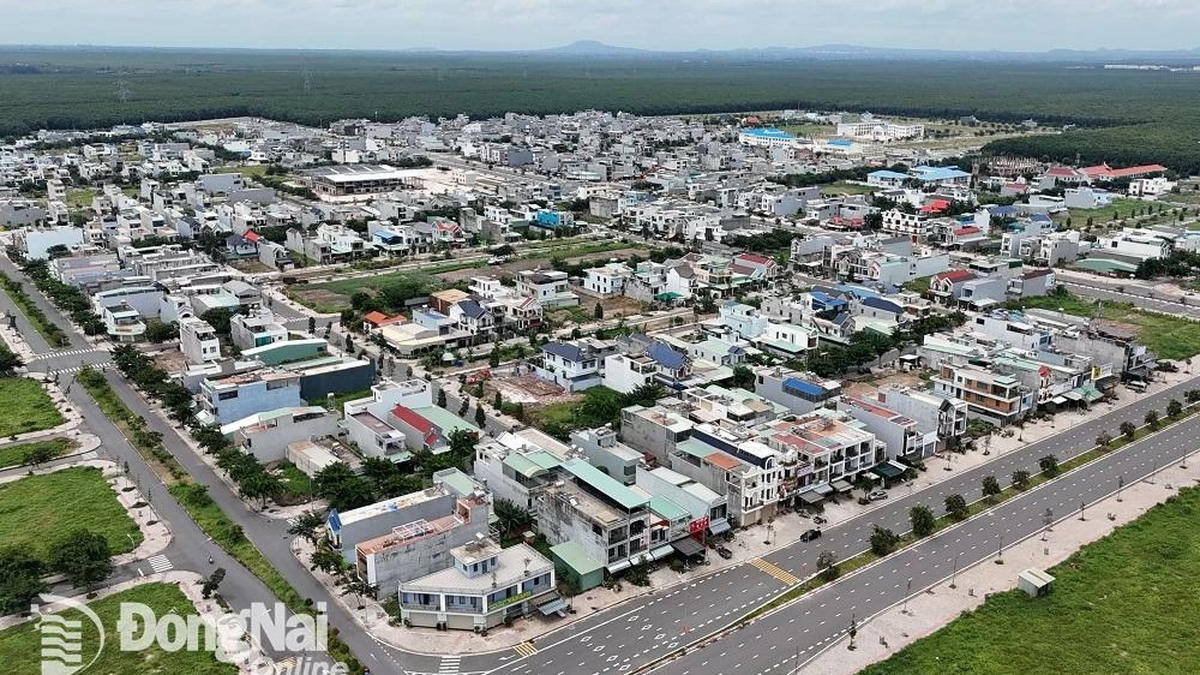
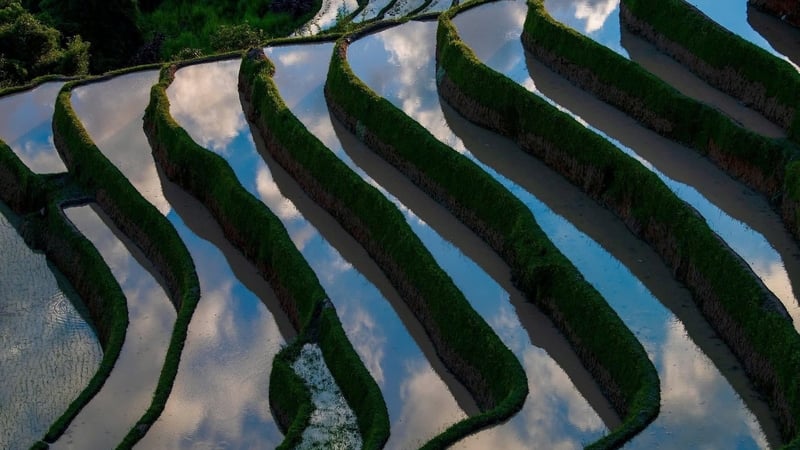
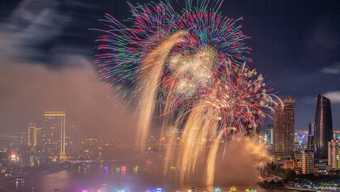

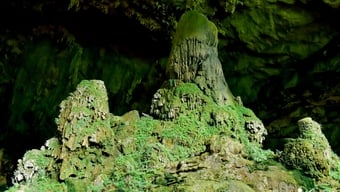
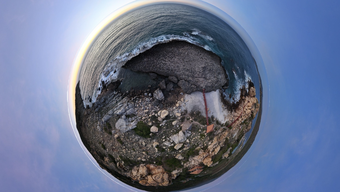




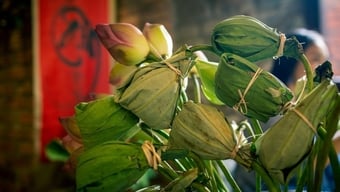
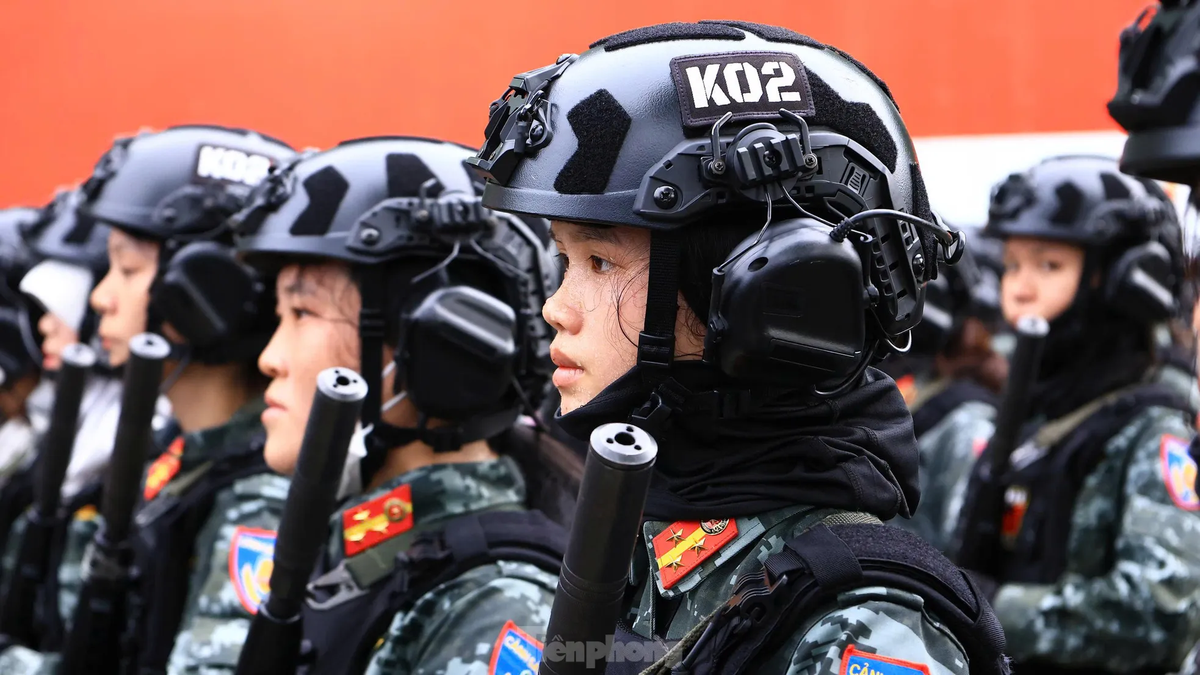
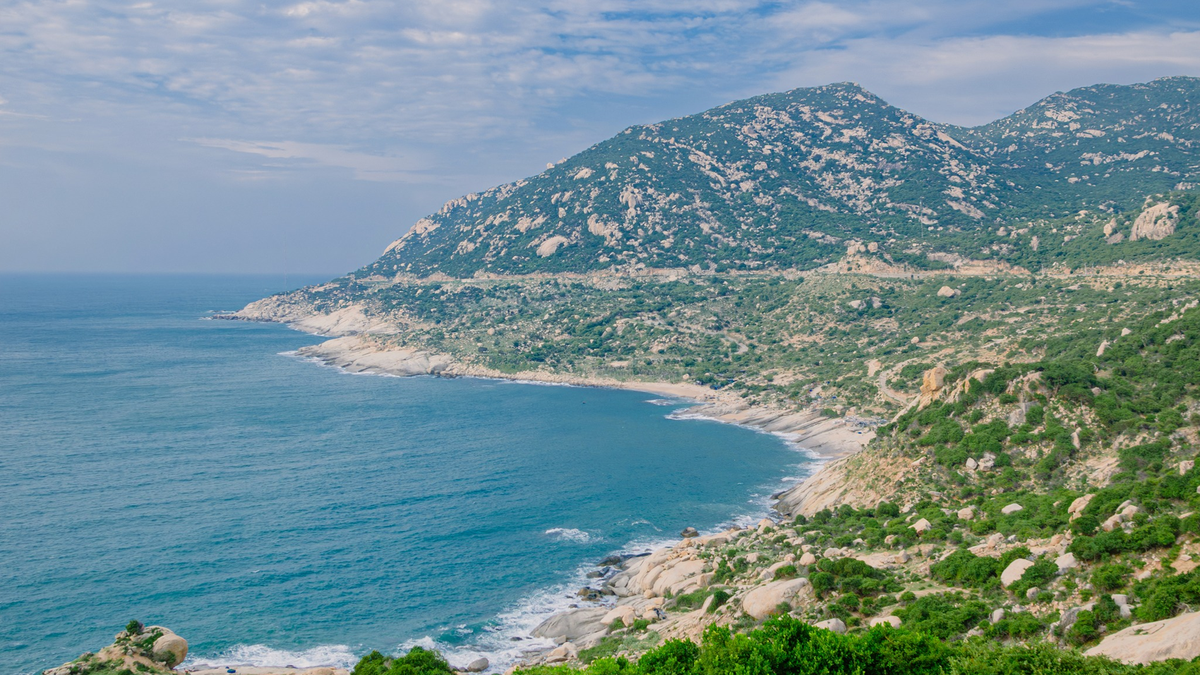
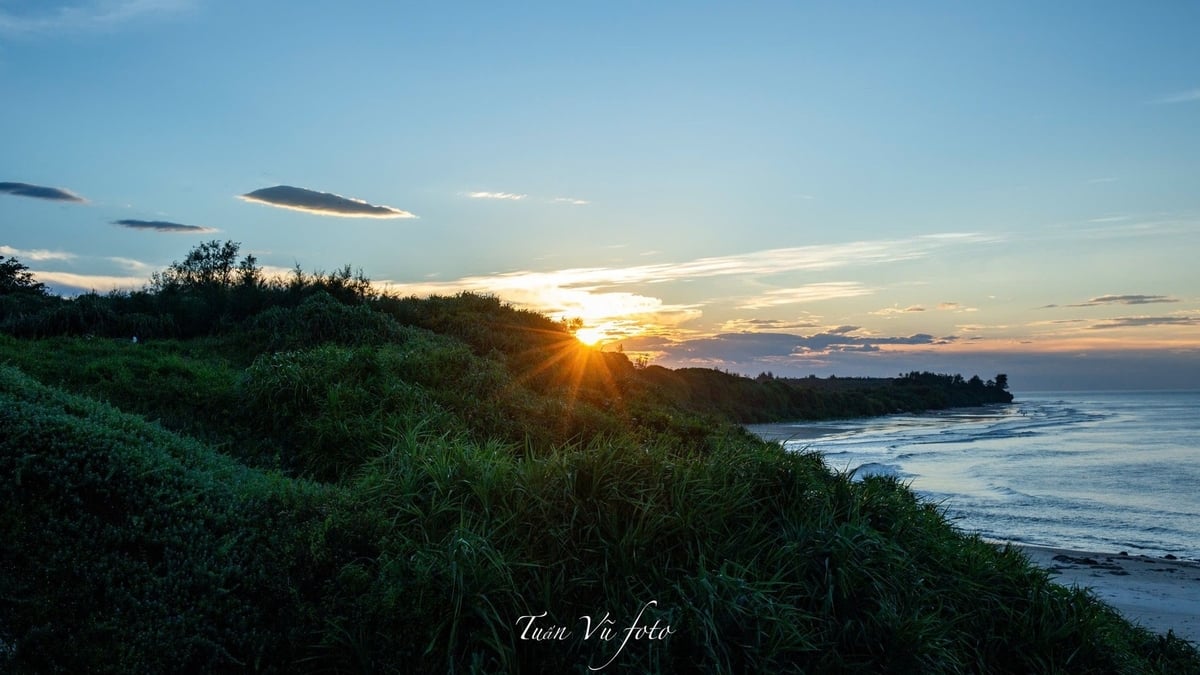
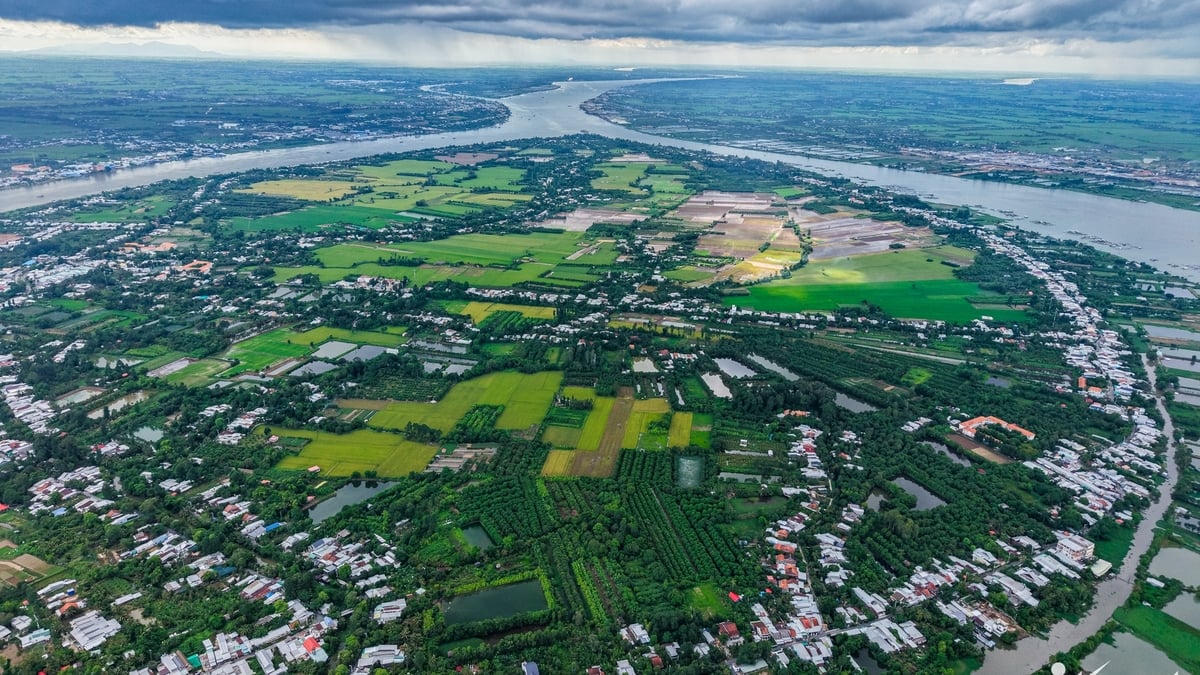
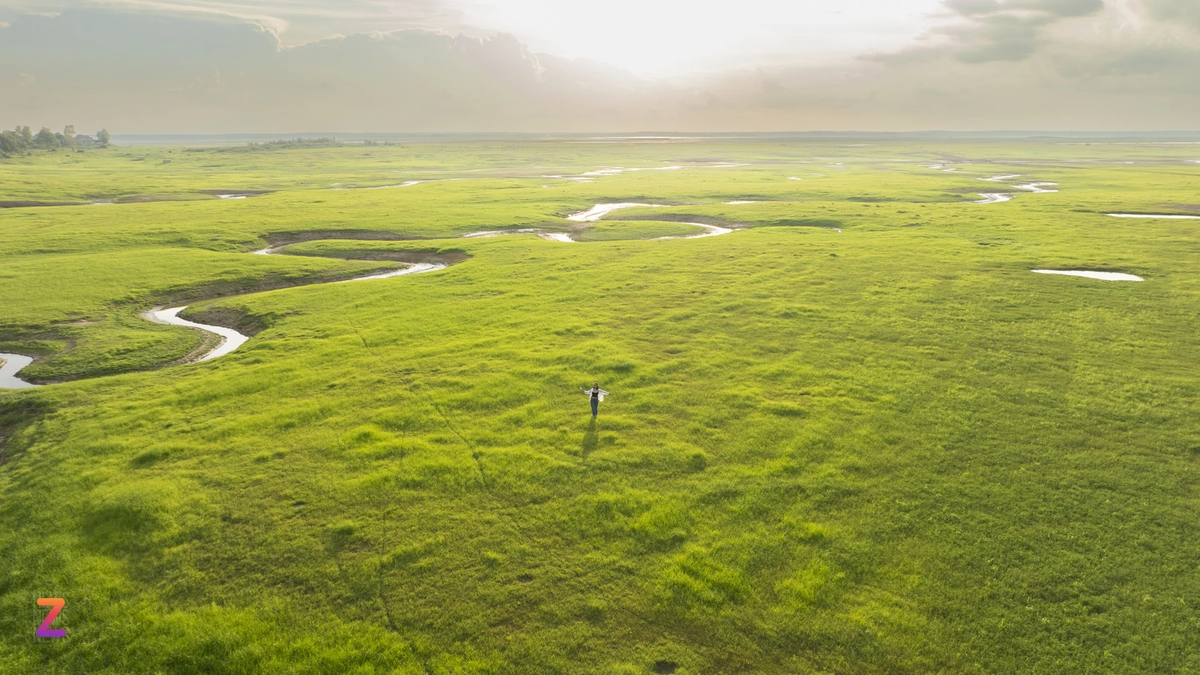

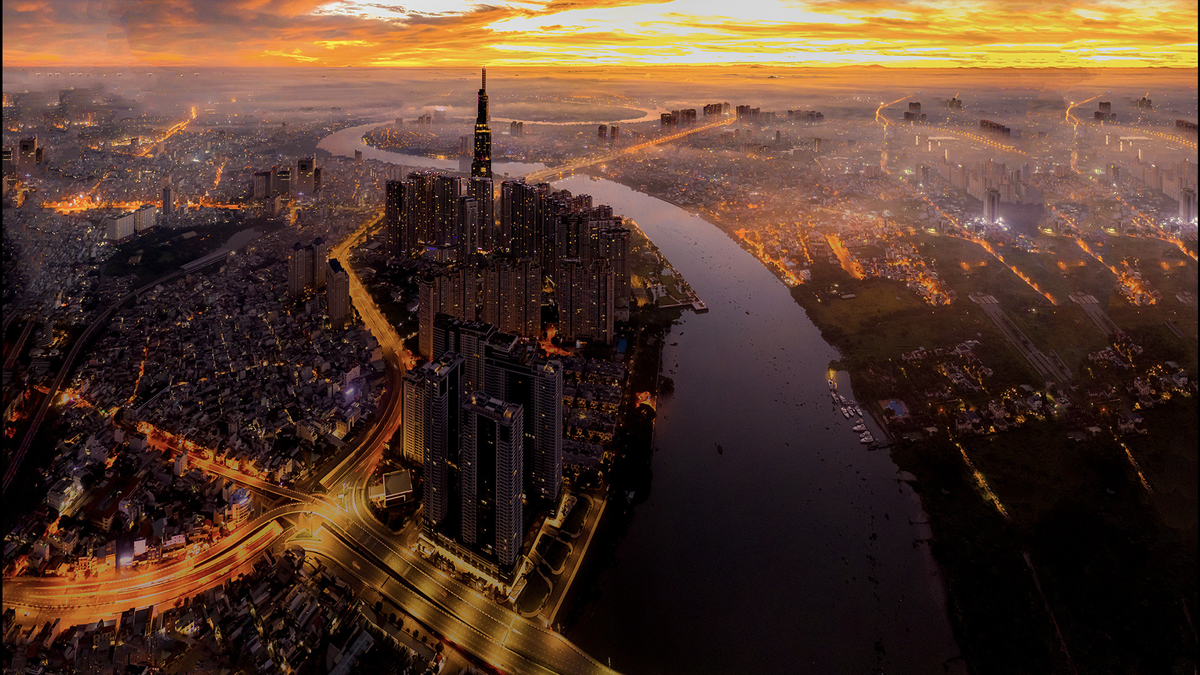
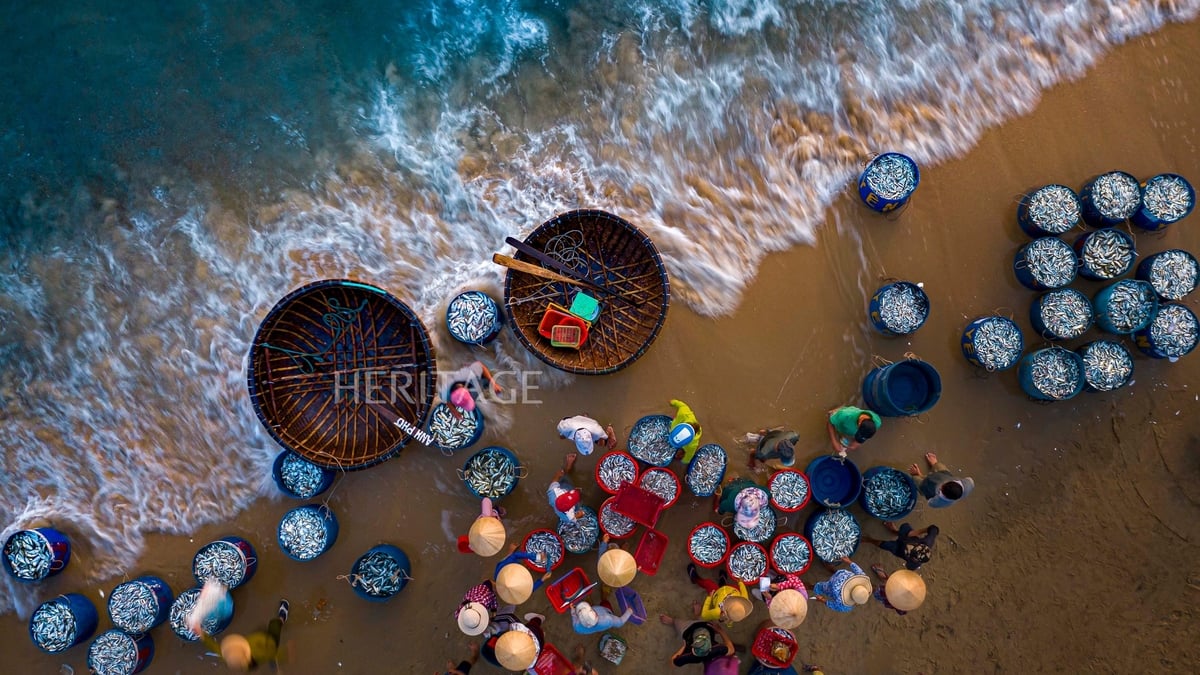
![[Photo] Gia Lai provincial leaders offer flowers at Uncle Ho's Monument with the ethnic groups of the Central Highlands](https://vphoto.vietnam.vn/thumb/1200x675/vietnam/resource/IMAGE/2025/7/9/196438801da24b3cb6158d0501984818)

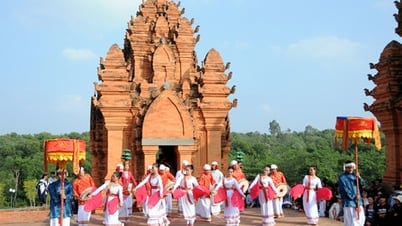



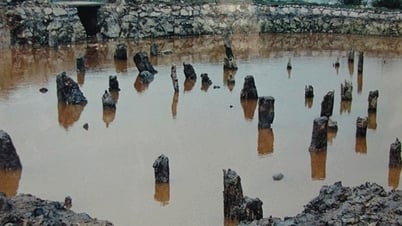

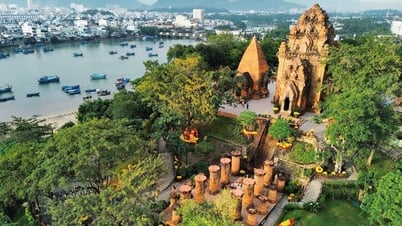

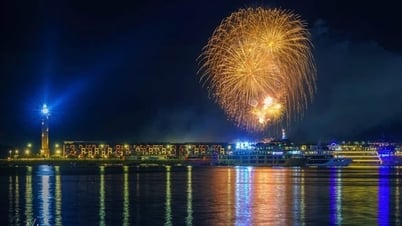

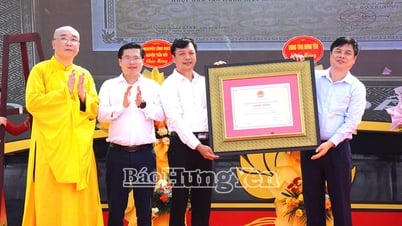








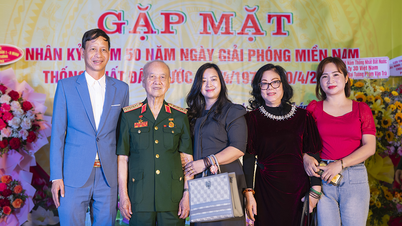

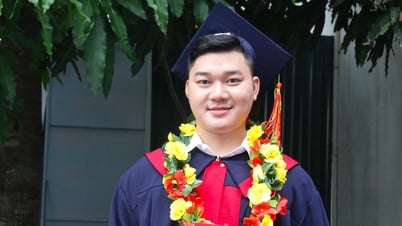






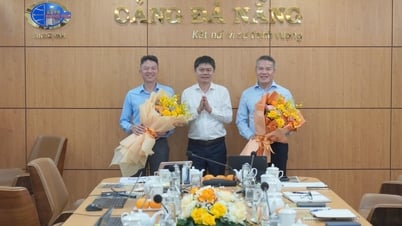


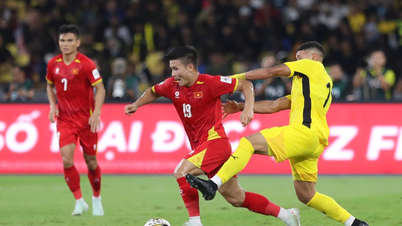




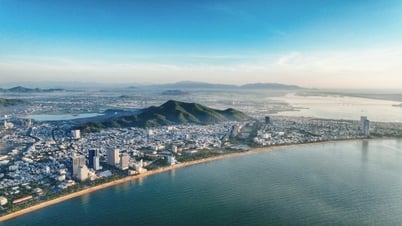






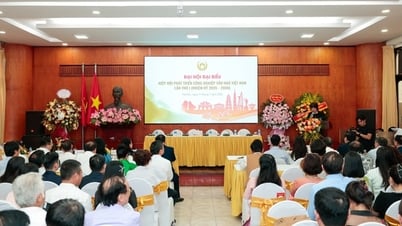

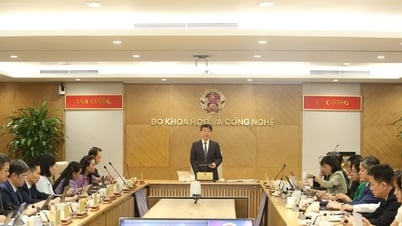

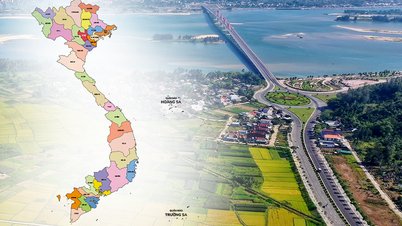
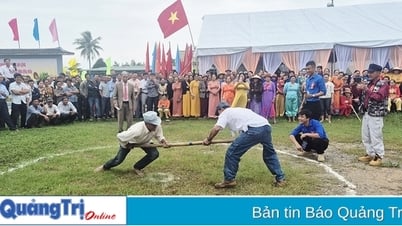

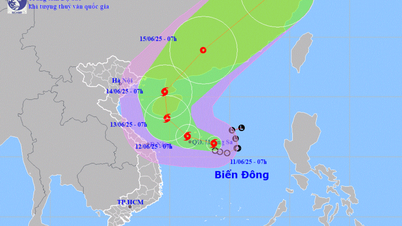

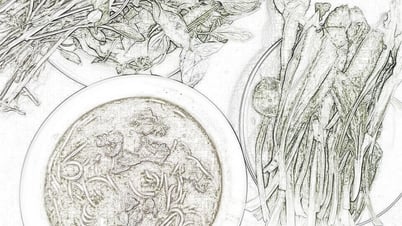
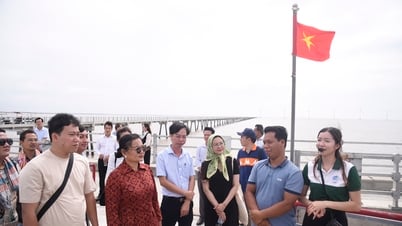











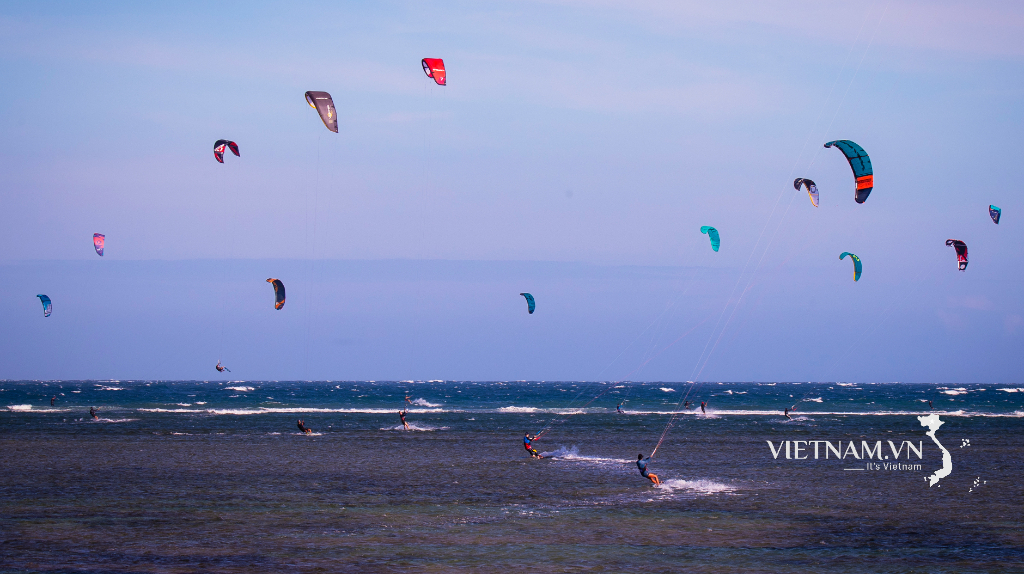

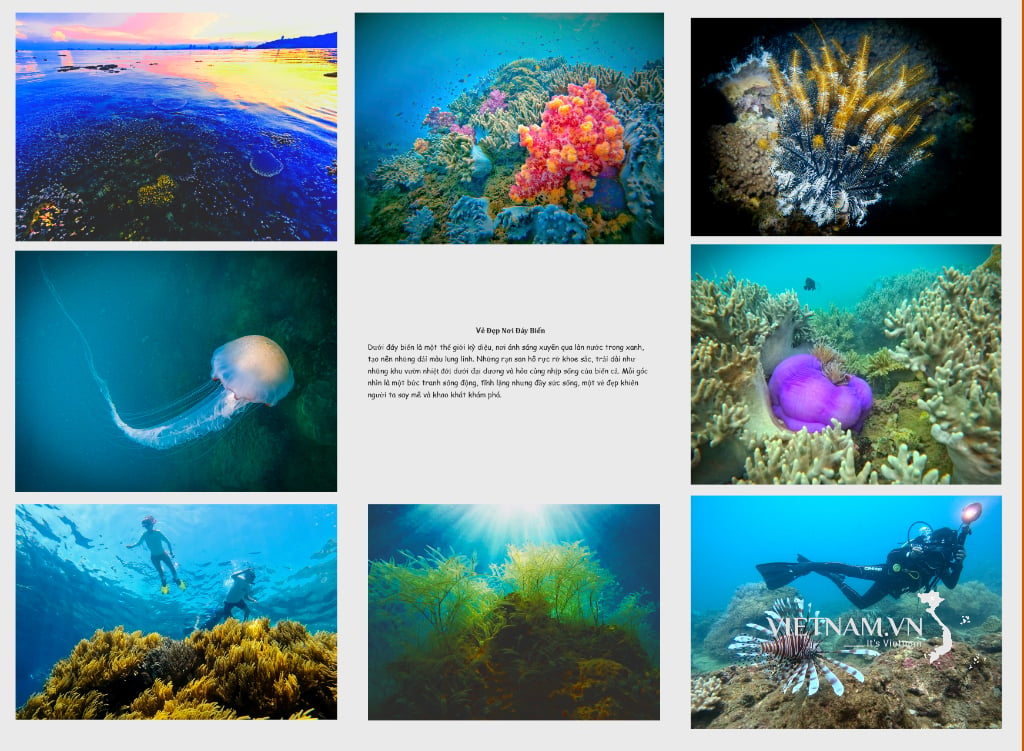
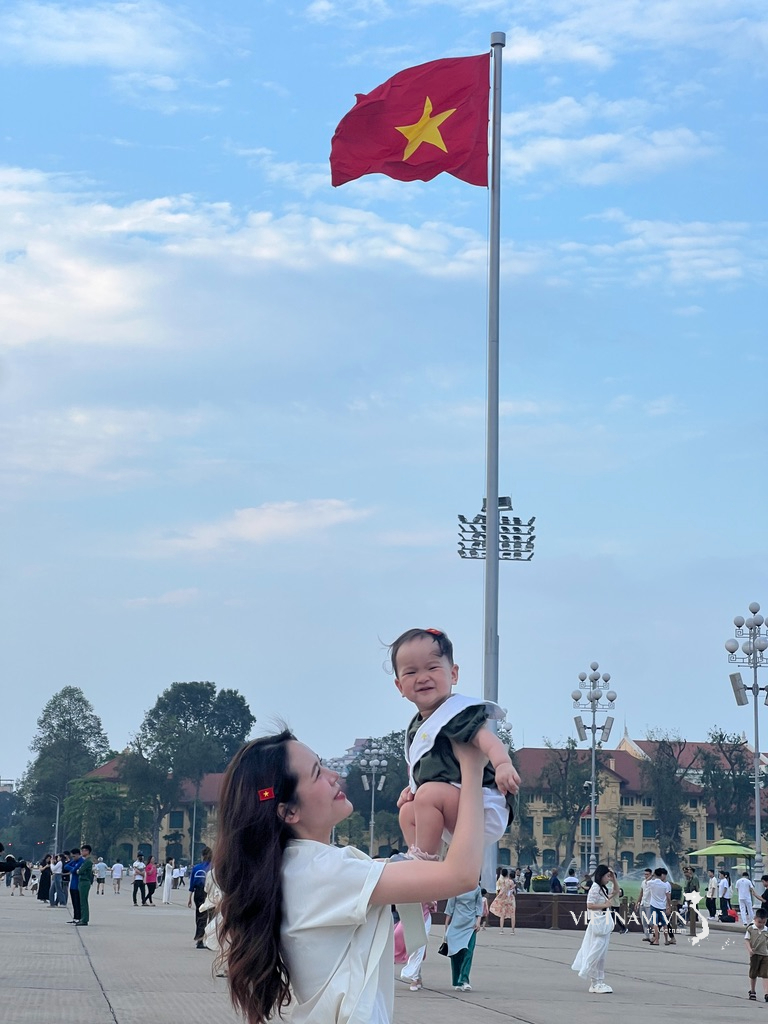
Comment (0)